










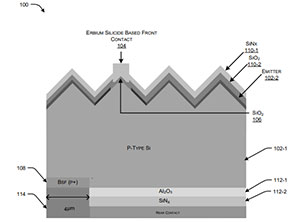
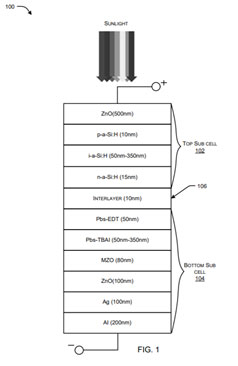
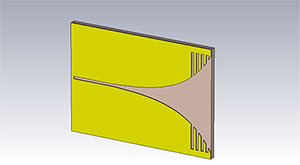
A smart braking system is disclosed which includes a control unit comprising a processor which is configured to communicably connect to one 5 or more sensors which may be electrically coupled to a first vehicle to determine a real-time speed of wheels of the first vehicle, determine a real-time force exerted on a brake pedal coupled to the first vehicle, detect in real-time one or more second vehicles present at a predefined distance with respect to the first vehicle and actuate one or 10 more valves coupled to a braking system configured in the first vehicle based on the determined real-time speed, the determined real-time force and the real-time detection of the one or more second vehicles to prevent collision between the first vehicle and the one or more second vehicles.
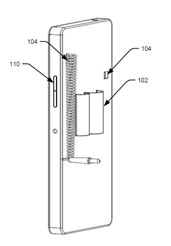
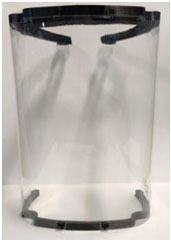
The present disclosure pertains to a casing 100 associated with a mobile computing device to facilitate image capturing. The casing 100 includes at least one grip member configured to hold one or more fingers of a subject, at least one cable movably coupled with the casing, a first actuator operatively coupled with the casing, and configured to generate a first set of signals when the subject actuates the first actuator, a control unit operatively coupled with the at least one cable and the first actuator, and configured to extract a second set of signals from the first set of signals, where the second set of signals pertain to resistance parameters, generate a set of actuation signals based on the extracted second set of signals, and a second actuator operatively coupled with the mobile computing device and the control unit, and where based on the generated set of actuation signals the second set of actuator facilitates image capturing.
The present disclosure discloses a posture monitoring and alerting system 100 that can include sensors 102 configured to sense postural attributes of a person sitting on a chair. The system 100 can include a monitoring unit 104 operatively coupled to the sensors 102, where the monitoring unit 104 is configured to determine a posture based on the postural attributes, and can display one or more effects of 10 sitting in the determined posture. The system 100 can also update itself based on the determined posture.
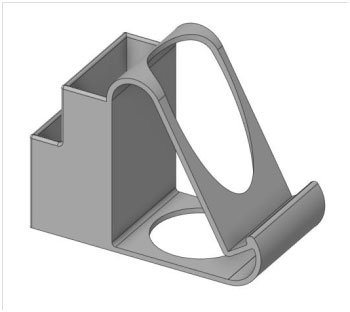
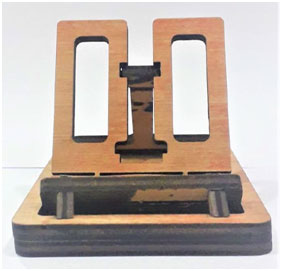
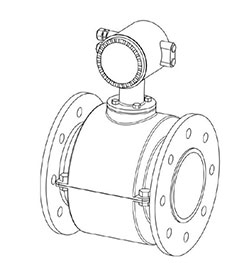
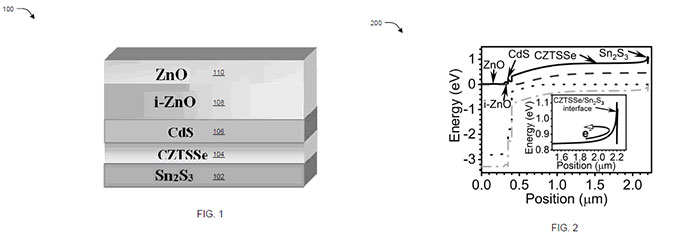
The present disclosure pertains to a CZTSSe based solar cell (100). The solar cell (100) includes a tin sulphide (Sn2S3) layer(102) embedded as a Back Surface Field (BSF) for a CZTSSe layer (104), where the CZTSSe layer (104) is fabricated above the (Sn2S3) layer (102). The solar cell (100) includes a cadmium sulphide (CdS) layer (106) fabricated between the CZTSSe layer (104) and a zinc oxide(i-ZnO) layer (108), where the zinc oxide (i-ZnO) layer (108) is fabricated above the CdS layer (106). The solar cell (100) includes a zinc oxide (ZnO) layer (110) fabricated above the i-ZnO layer (108), where an interface of the CZTSSe layer (104) and the Sn2S3 layer (102) facilitates the restricting flow of a set of electrons. The collection of electrons are directed towards the CZTSSe layer (104), and where the 15 Sn2S3 layer (102) facilitates increasing power conversion efficiency of the solar cell (100)..
The present disclosure provides a plasmonic based photo detector for enhancement of light absorption. The photo detector includes a substrate, a first layer configured on top of the substrate, where the first layer is made up of a first material with predefined number of trapezoidal shaped nano-particles, a second layer configured on top of the first layer, where the second layer is made up of a second material with predefined number of triangular shaped nanograting particles. The second layer is configured with an aperture of predefined wavelength, where the aperture facilitates enhancing light transmission to the substrate, and where the photo detector facilitate achieving a high light absorption enhancement factor (LAEF). The first material is made up of silver and the second material is made up of crystalline silicon.
This disclosure provides a circuit design technique named as “composite partial positive feedback” which facilitates optimizing trade-off between noise and stability for achieving low values of noise. This technique can be applied to different analog signal conditioning circuits like voltage amplifiers, transconductance amplifiers, transimpedance amplifiers, current amplifier and filters etc. which are extensively used in various biomedical applications such as bio-signal recording, cardiac electrical impedance tomography and on-chip bio-impedance.
The present disclosure provides a transistor to enhance switching performance of a device by using lower bandgap material in the source region and higher bandgap material in the channel/drain region without any heterojunction. The junction less transistor can be configured from bis-(phenethyl ammonium)-methyl ammonium lead iodide (C6H5(CH2)2NH3)2(CH3NH3)n-1PbnI(3n+1)), where the source region, the drain region, and the channel region can be constituted from a first set of layers having a first pre-determined energy bandgap, and a second set of layers and a third set of layers having a second pre-determined energy bandgap distinct from the first pre-determined energy bandgap, thereby facilitating the flow of the charge carriers between the source region and the drain region.
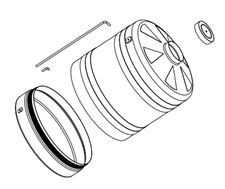
This disclosure provides a charge plasma based solar cell to improve the open circuit voltage of the solar cell. The proposed technique in this patent create additional build potential induced p-n junction and thereby increases the efficiency and performance of solar cell. The proposed charge plasma solar cell in this patent eliminate fabrication challenges and is also cost-effective.
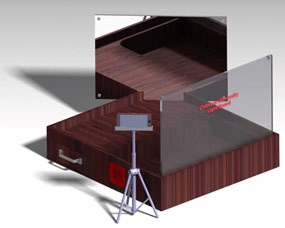
This disclosure provides a technique to implement a high value of resistance of the order of 1 Tera-ohm over wider voltage swing of -1 V to 1 V. The proposed Bulk-gate voltage biased self-current controlled quasi floating MOS resistor also shows a high degree of linearity for wider process and temperature variations.
This disclosure provides a technique to reduce the noise by combining the strategies of gate driven MOS device and bulk driven MOS device, wherein signals are applied directly at gate and through capacitor CB at bulk of MOS device. The proposed technique in this patent is responsible for trans-conductance enhancement and reducing noise in CMOS analog circuits by optimizing bulk trans-conductance of MOS device.
A Morse code based pen will enable visually impaired to type/write characters in form of Morse code that are interpreted by this device for the user. The pen contains button linked with specific sensors to perform functions of writing, erasing, giving spaces, enter, send, and voice feedback for user. It makes the writing for visually impaired people very easy and this device is low cost when compared to Braille based devices.
Buying loose groceries like pulses, grains from grocery stores & super markets involves two steps – a) lifting the item in a scoop & putting in a bag, b) measuring it using weighing machine at the counter. This process is simplified by incorporating weighing scale in the scoop itself and thereby reducing the number of steps from 2 to 1. The outcome is a low cost electronic scoop which is handheld & portable, runs on a battery, shows digital weight reading on LCD and also calculates total cost.
Wearable electronic device for physically challenged persons that controls the hovering device to deliver audio messages to distant persons. Device to use LiFi communication technology.
The system comprises of two cameras C1 at the entrance and C2 in the parking lot. Using image processing C1 captures the image of number plate of the vehicle and extracts the registration number and stores it in the text file. C2 identifies the free parking slots in the parking again by using image processing (counting the number of pixels). Once the car is parked in a particular slot the back end software system assigns the parking slot number to the vehicle registration number in the text file used for vehicle tracking.

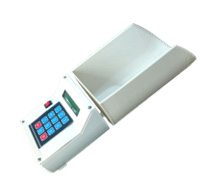
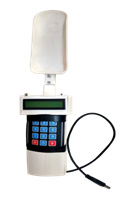
It comprising of a hand held device with display and an unmanned aerial vehicle (UAV) with a camera controlled using a processor along with embedded image processing software. Camera at UAV captures the live video of the rice field and transmits it to handheld device using ZigBee Wireless Communication. Farmer visualizes the diseased crop from remote location without entering the field. He gives command to UAV to click picture of such diseased plant, disease is identified and the pesticide to be used is decided accordingly.